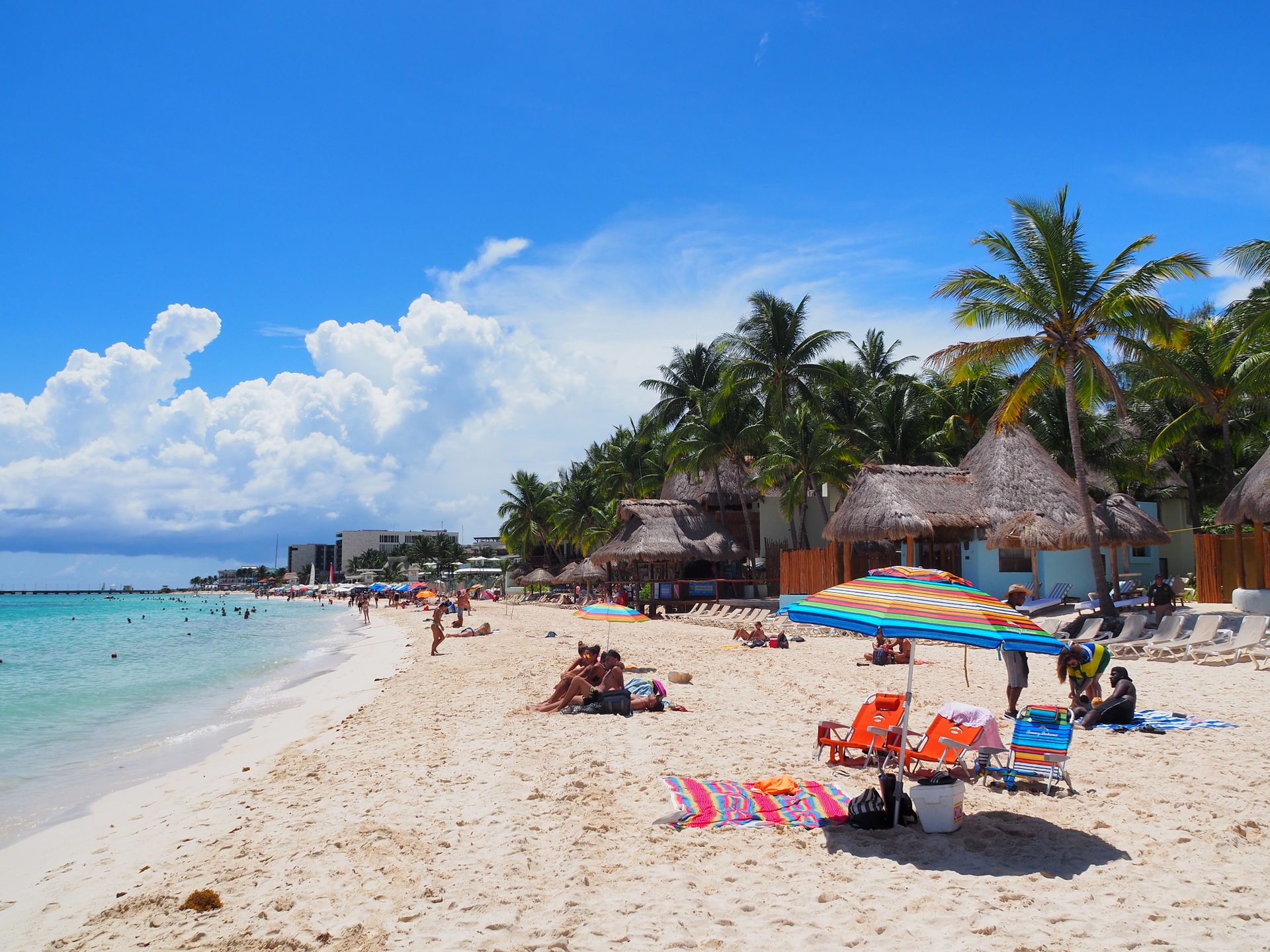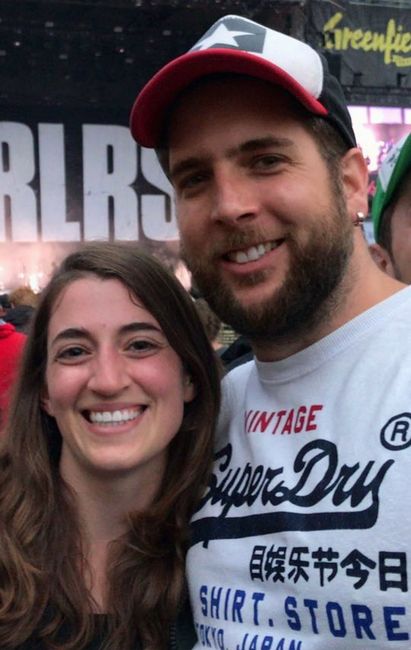
Auszeit - Reise Richtung Osten
vakantio.de/auszeit-reise-richtung-osten
Vietnam - Ho Chi Minh City
प्रकाशित: 18.04.2019
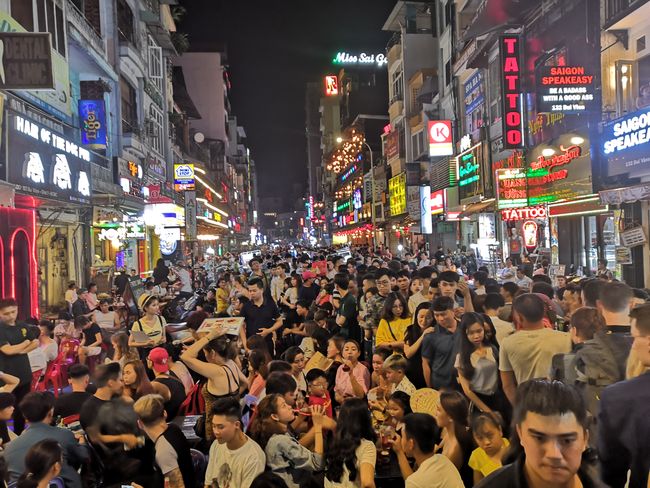
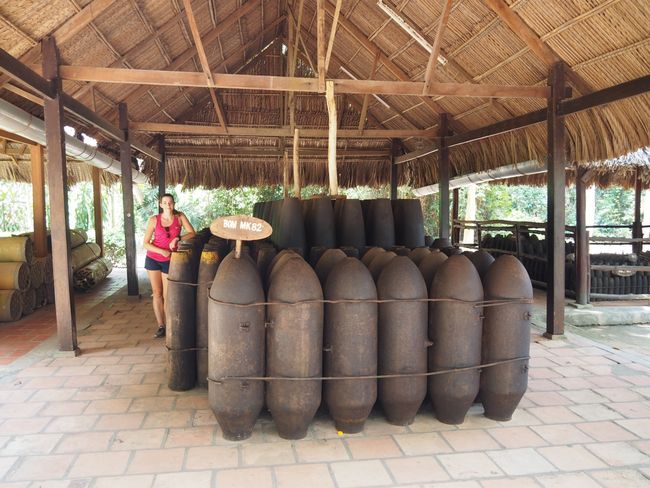
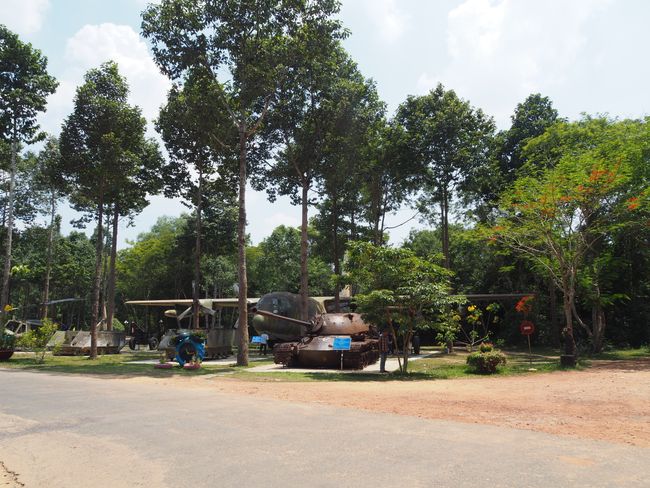
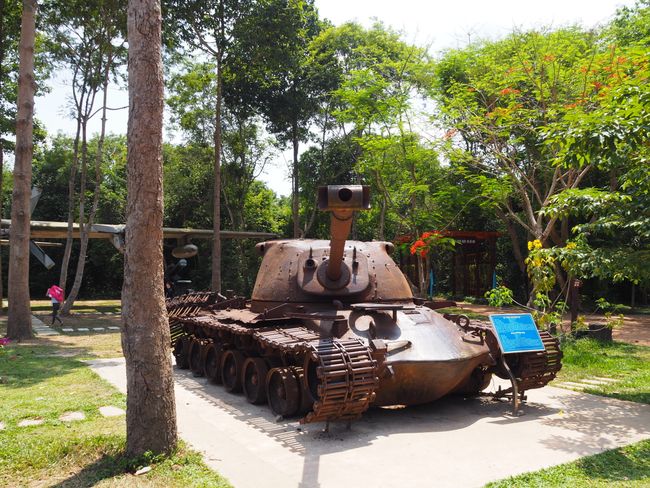
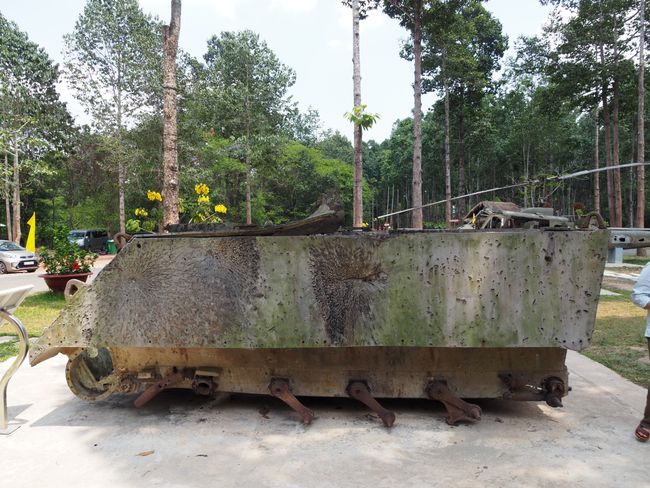
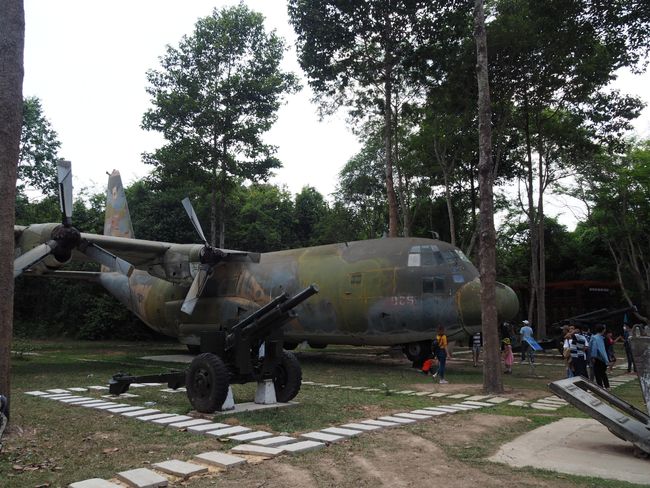
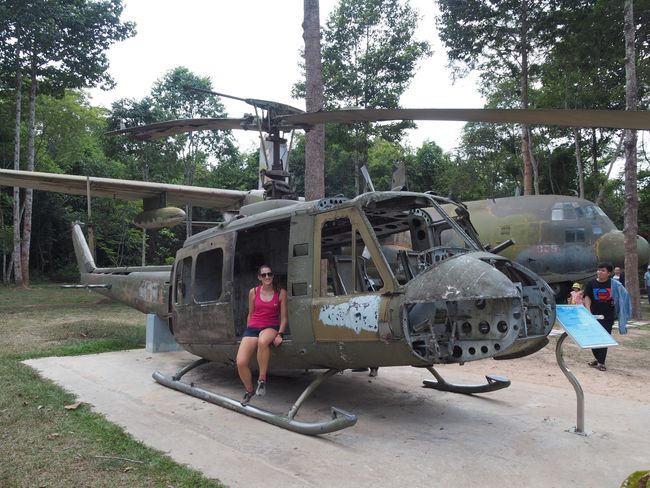
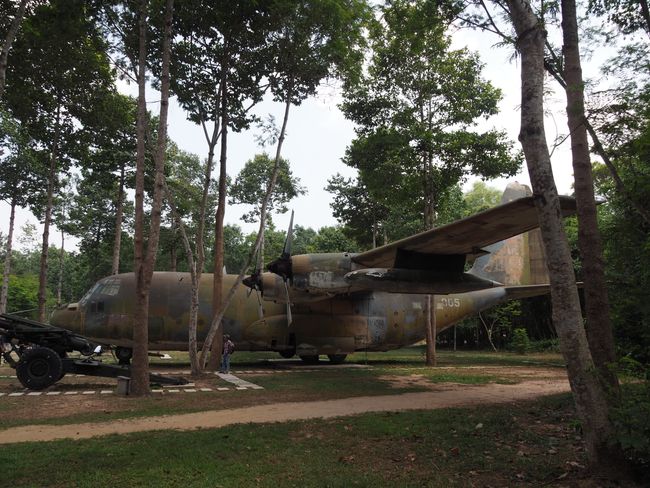
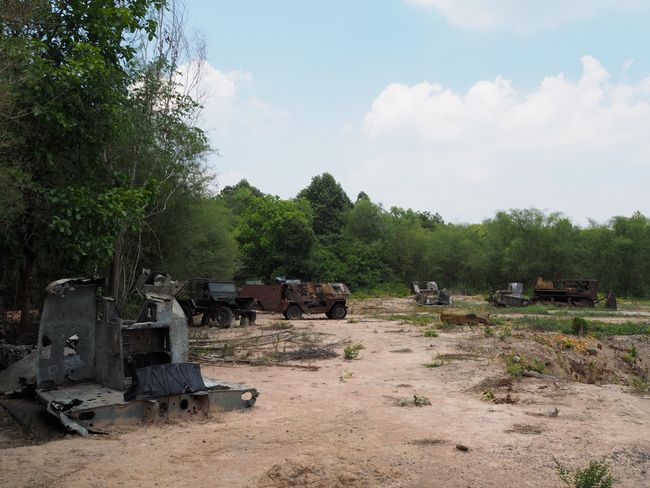
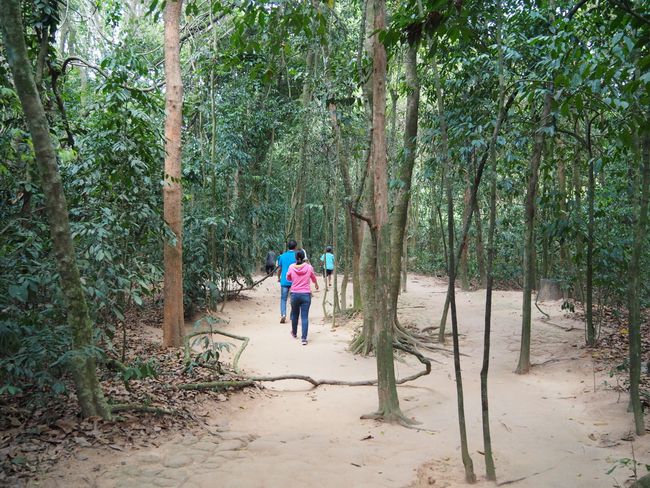
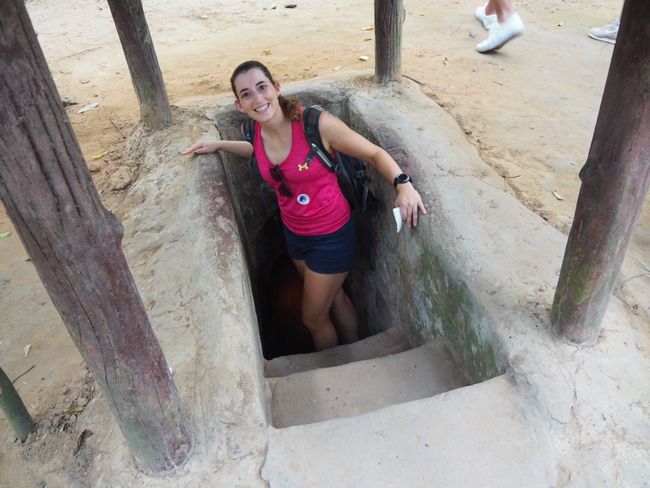
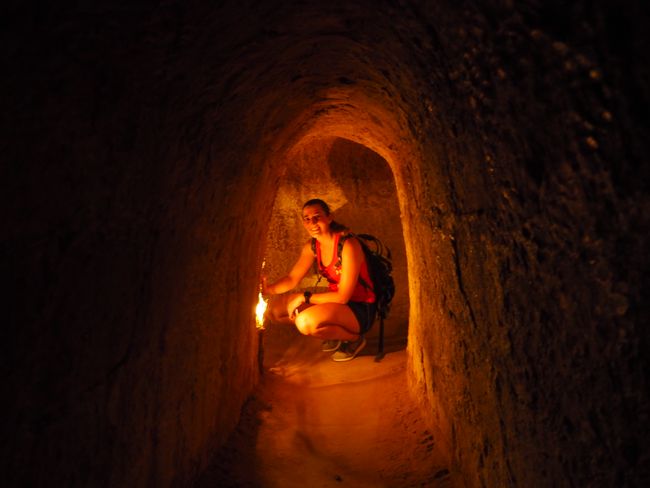
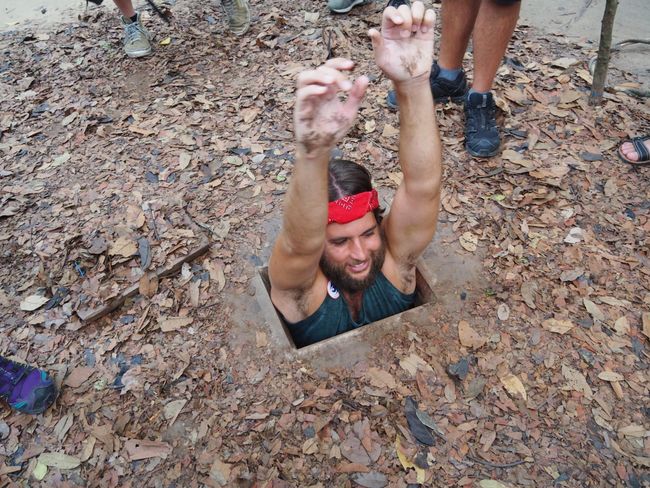
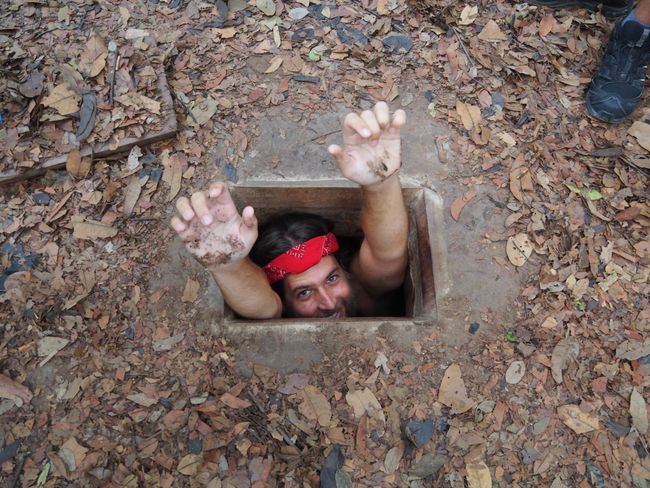
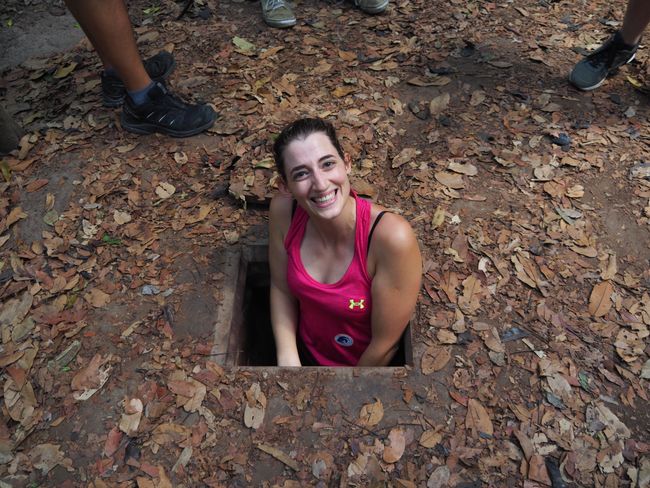
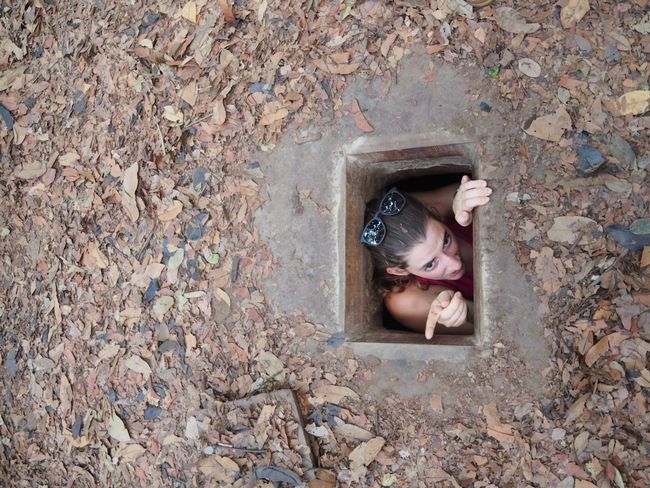
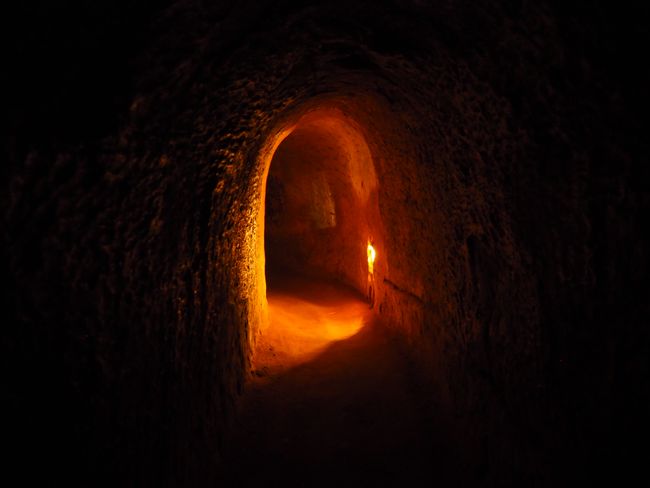
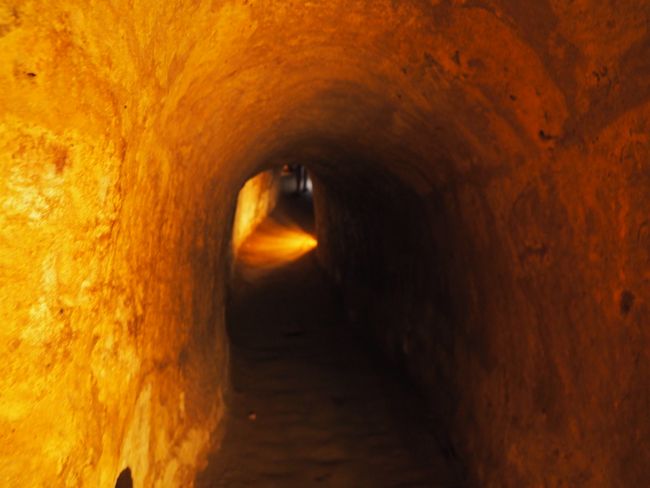
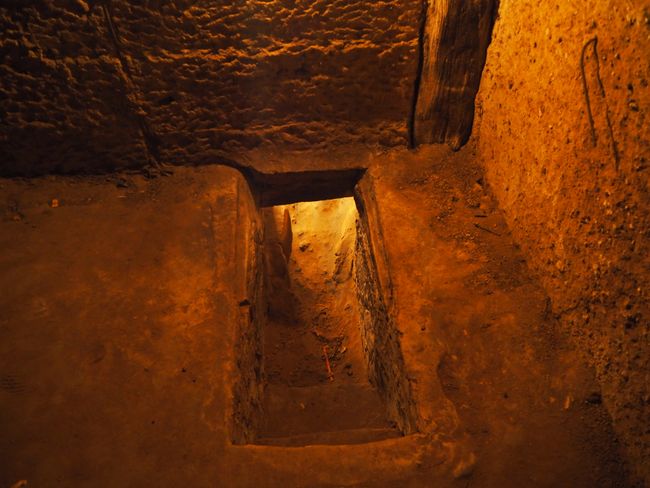
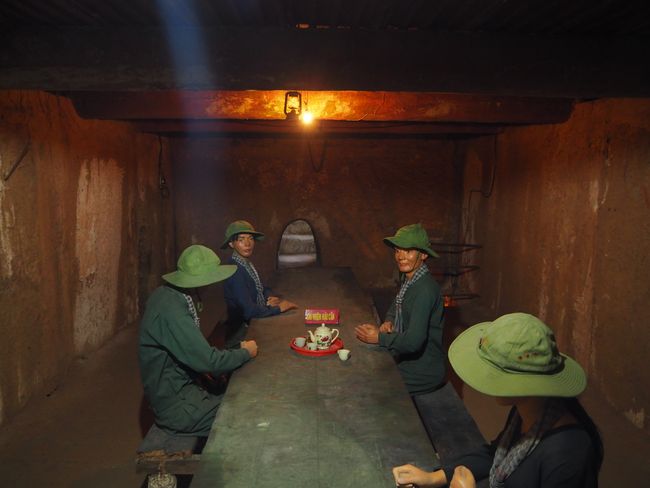
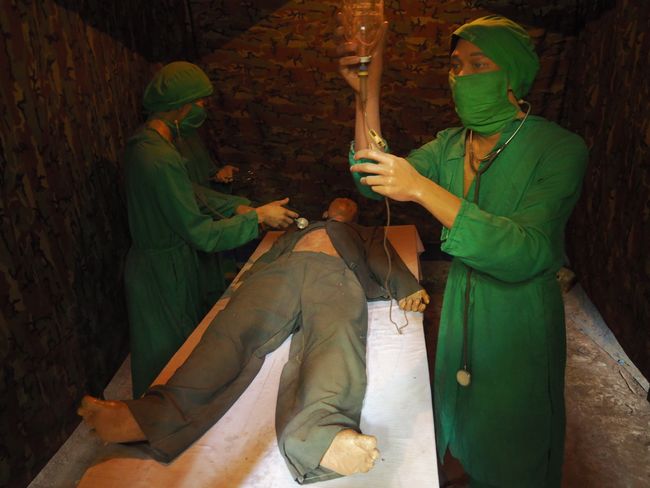
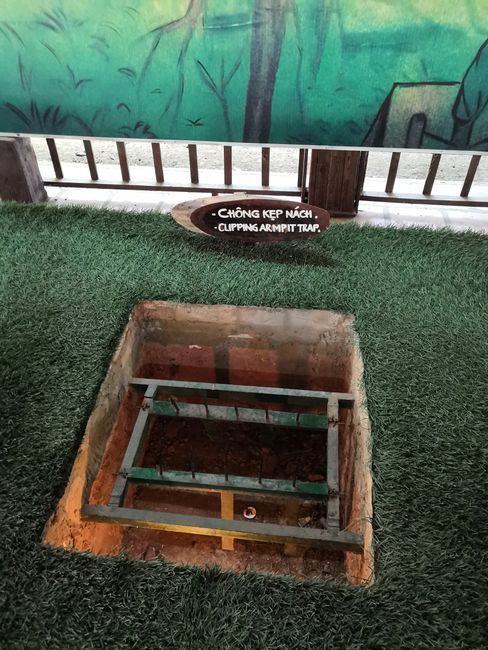
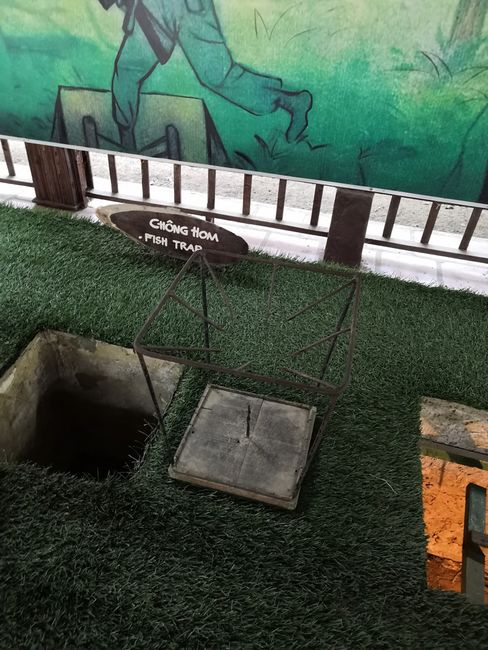
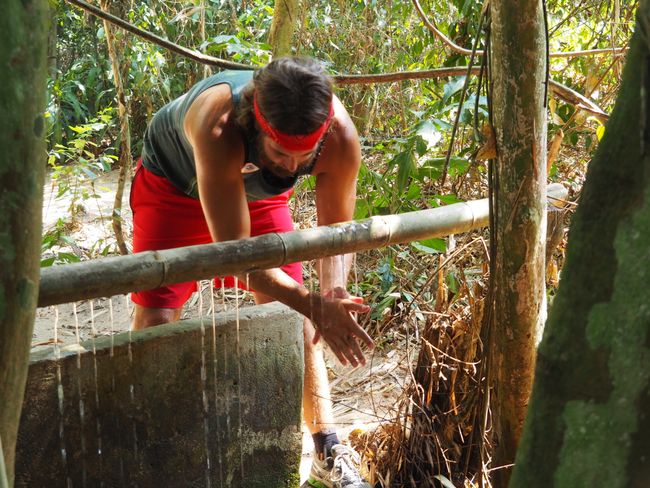
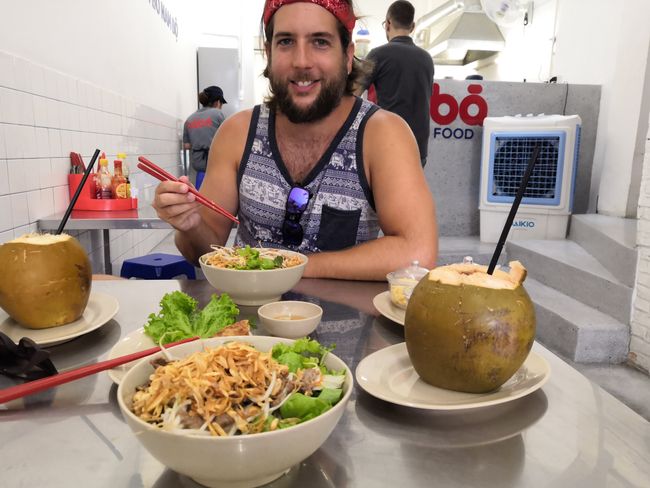
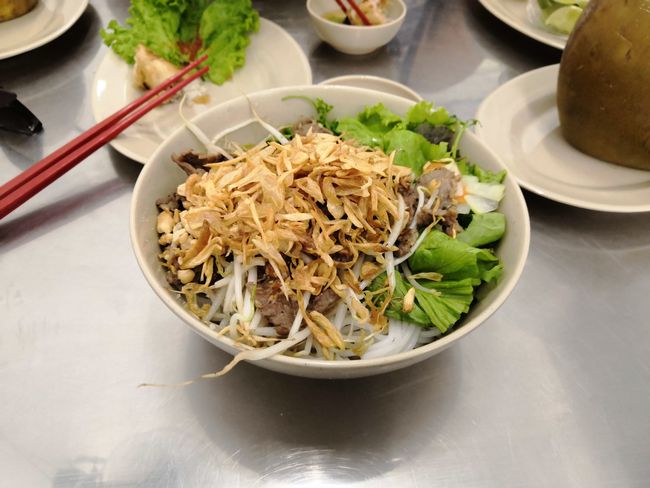
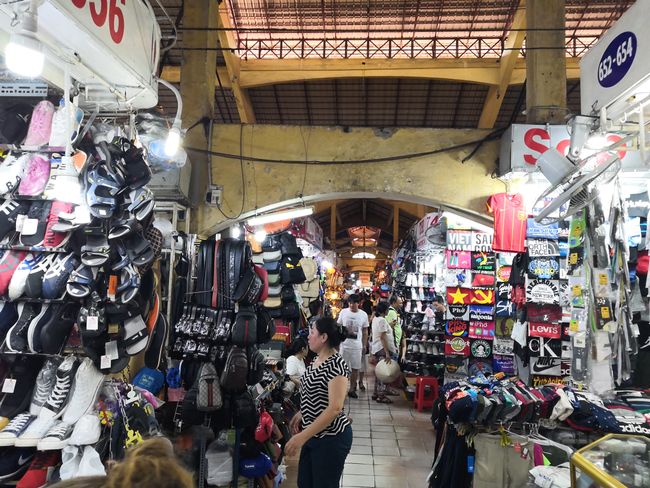
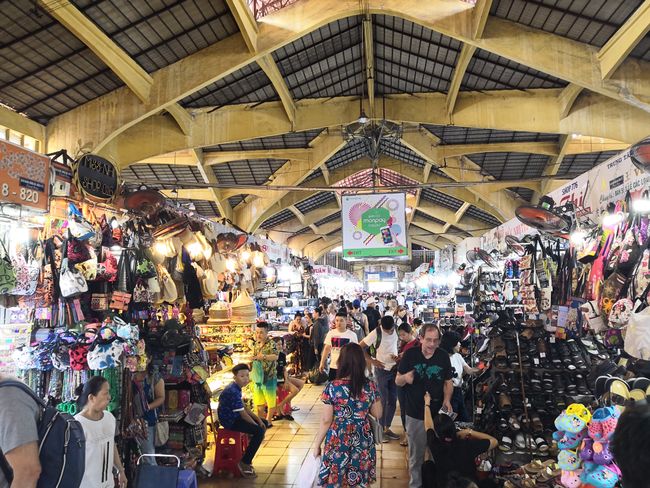
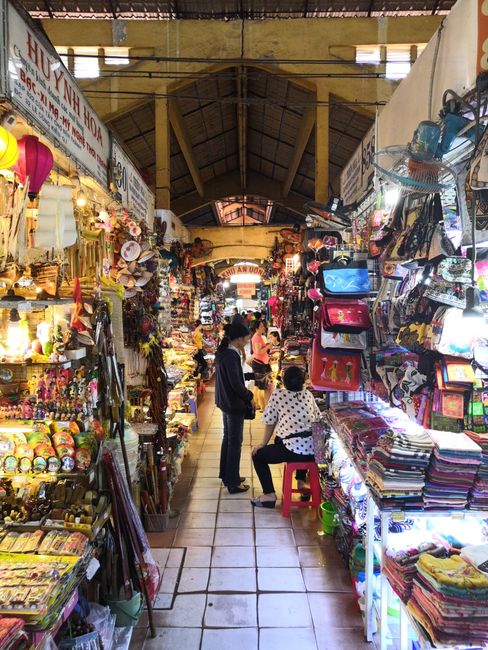
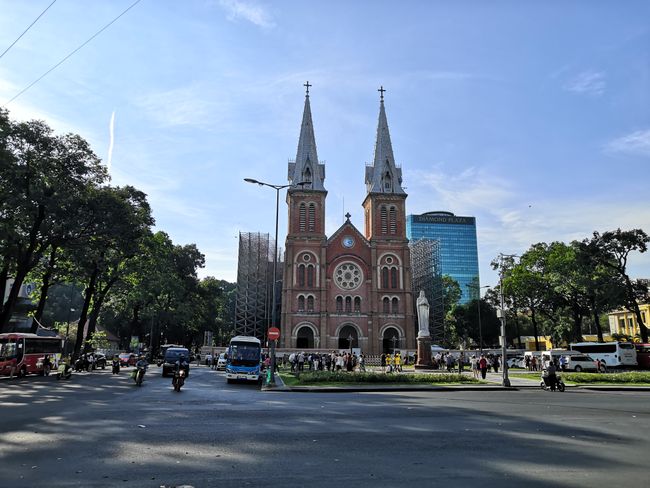
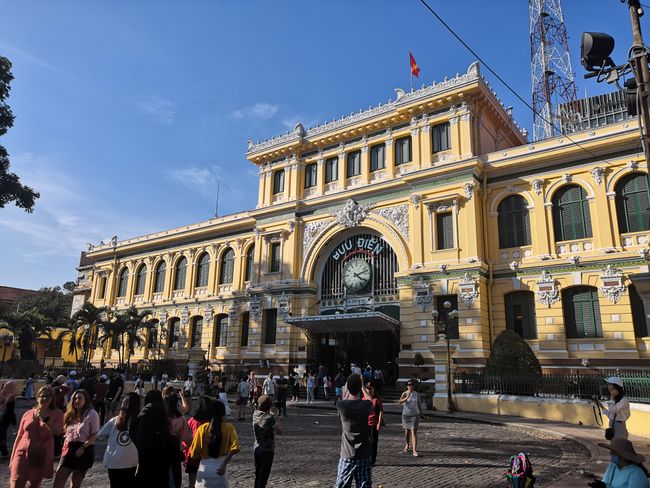
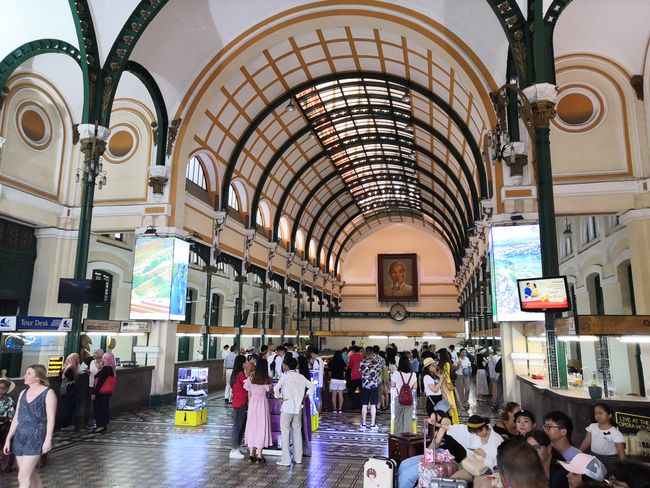
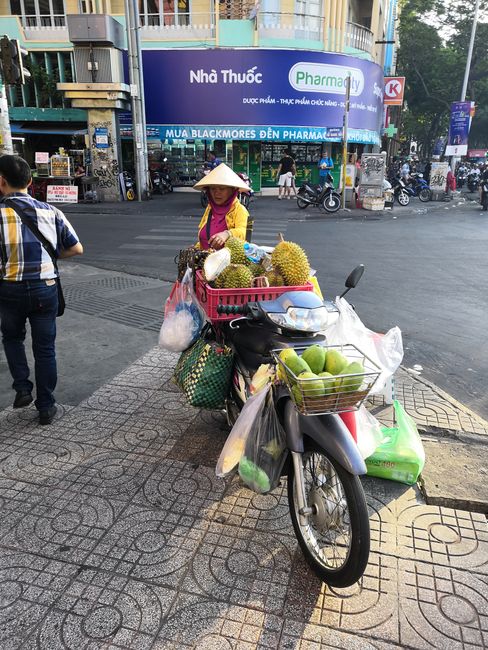
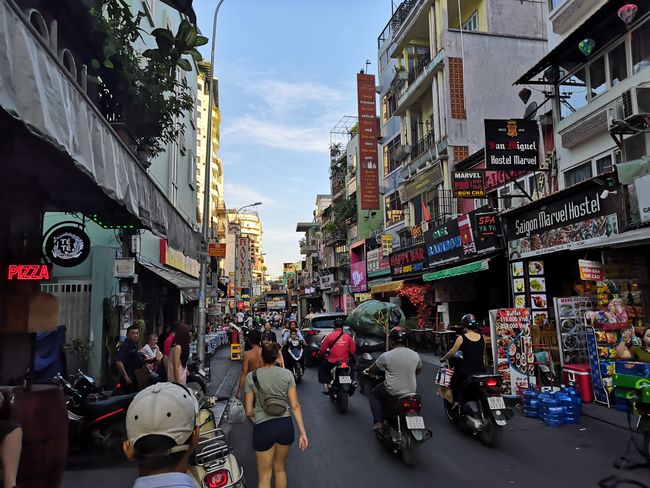
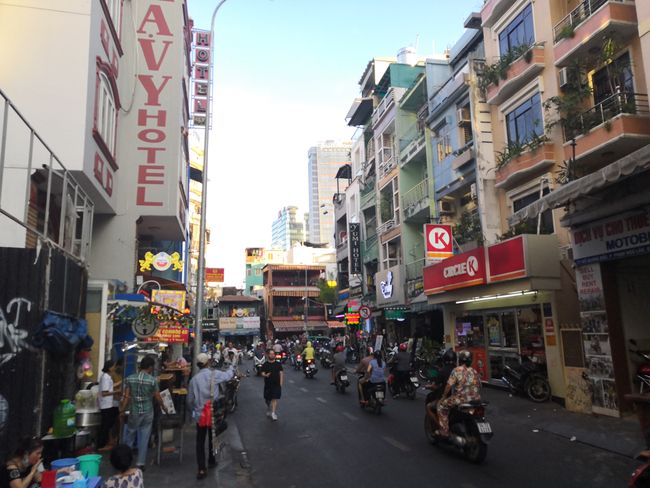
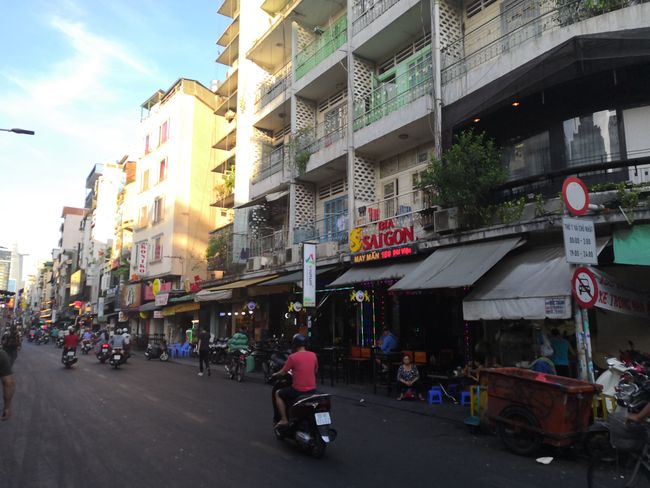
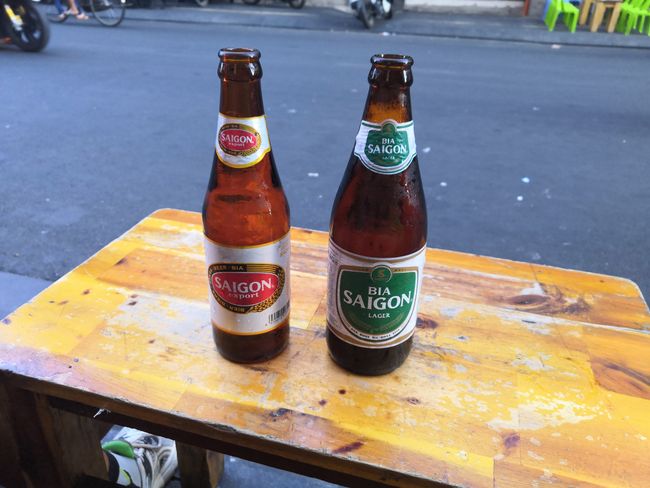
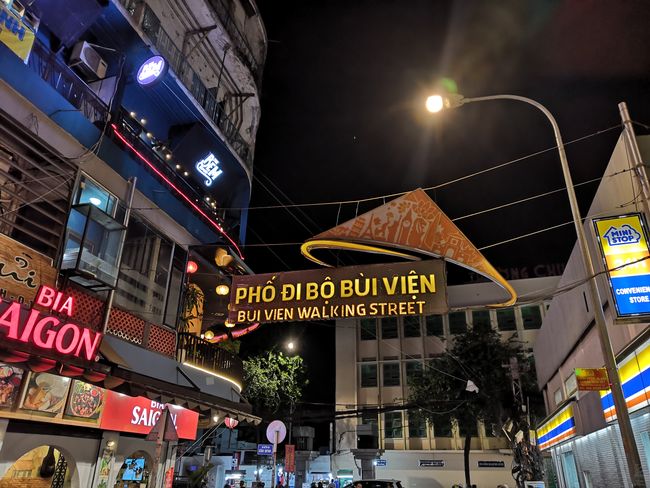
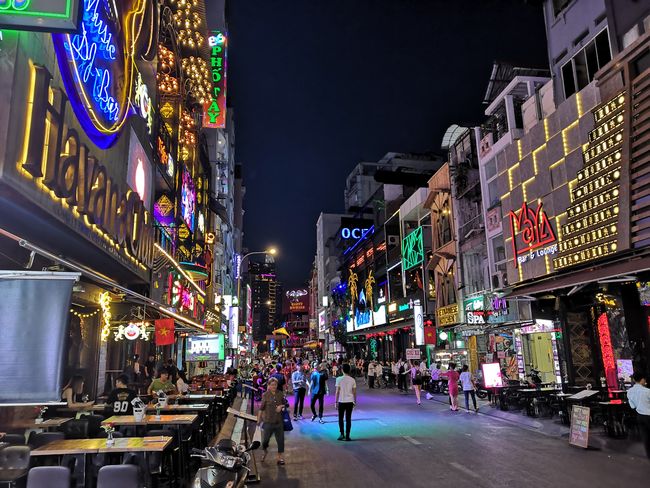
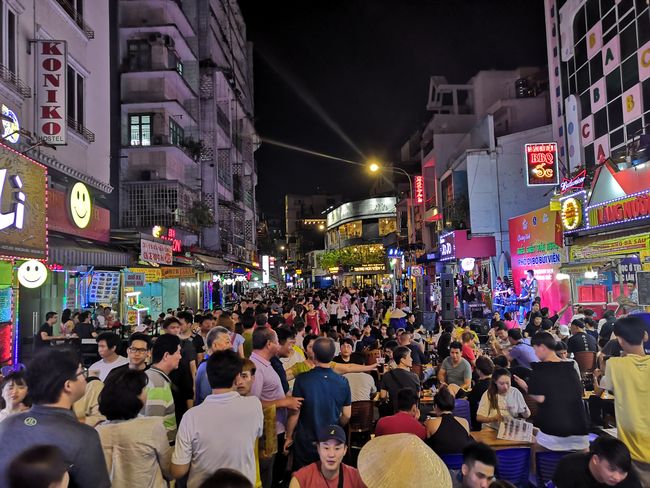
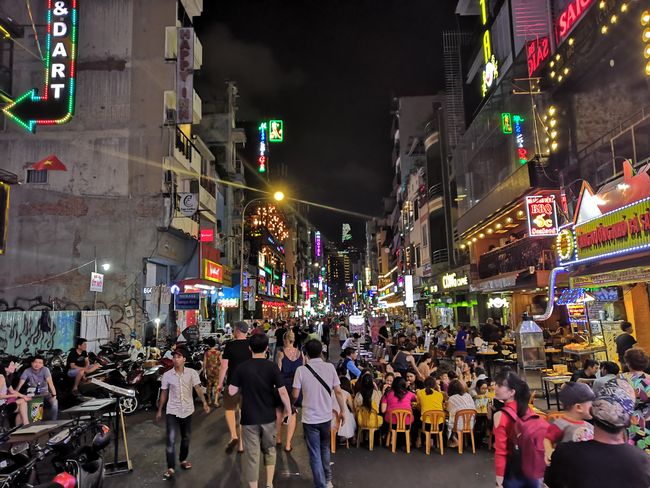
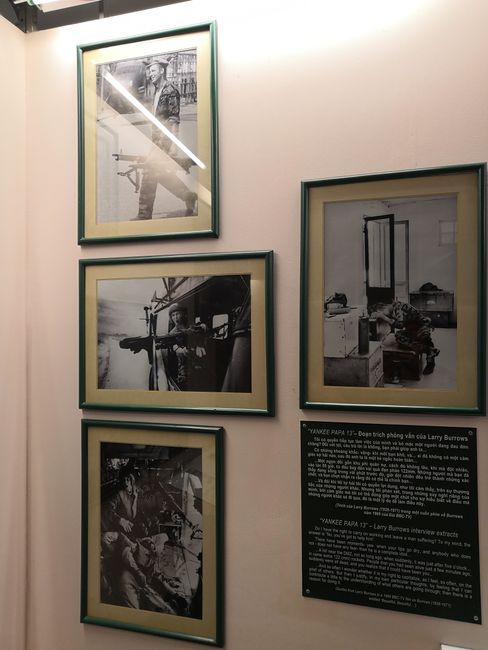
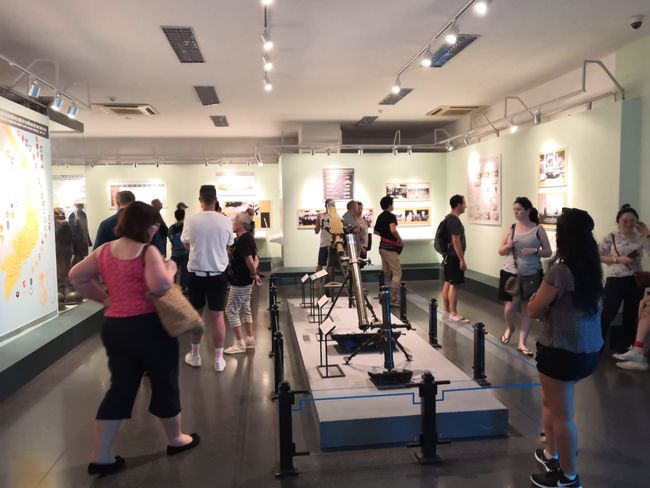
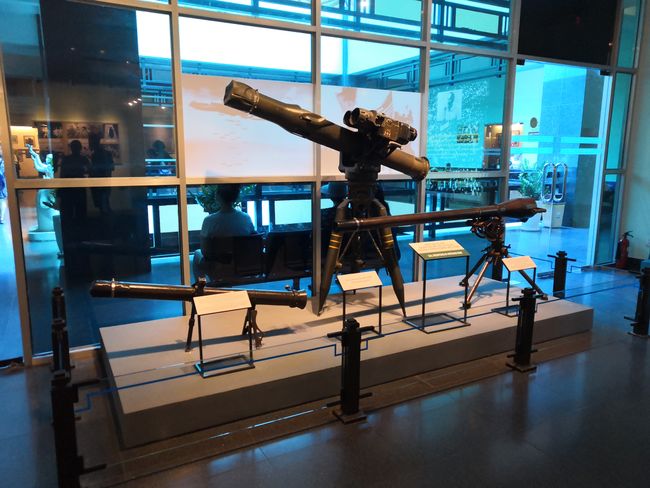
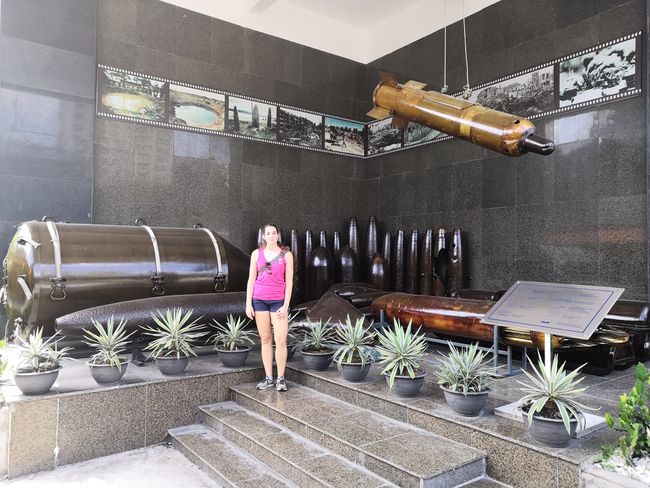
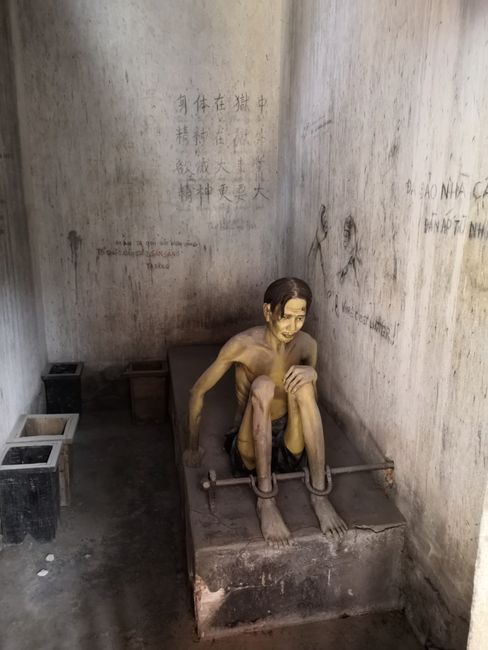
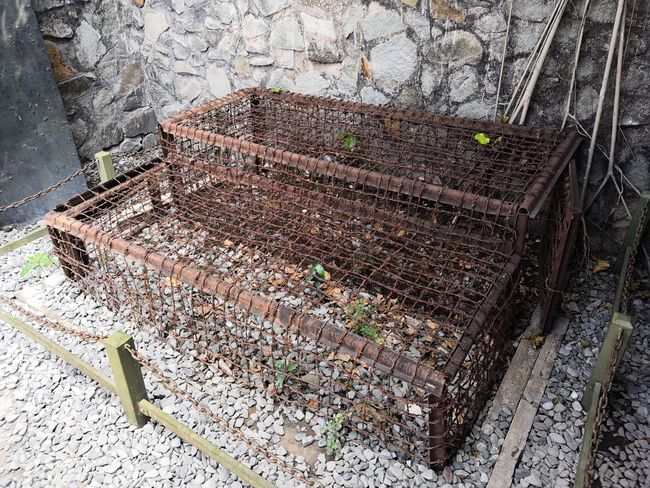
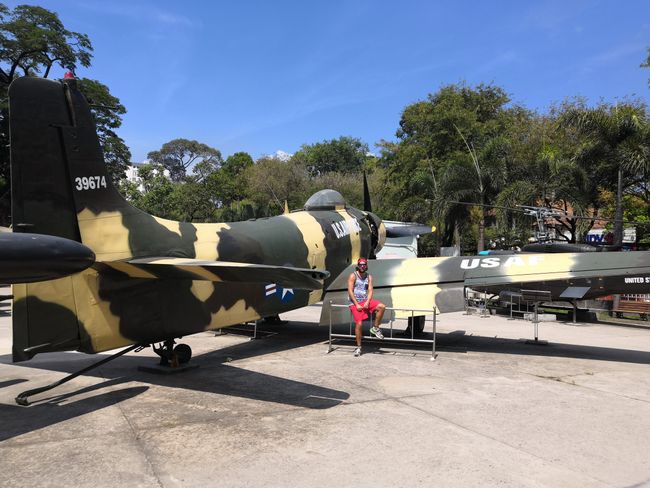
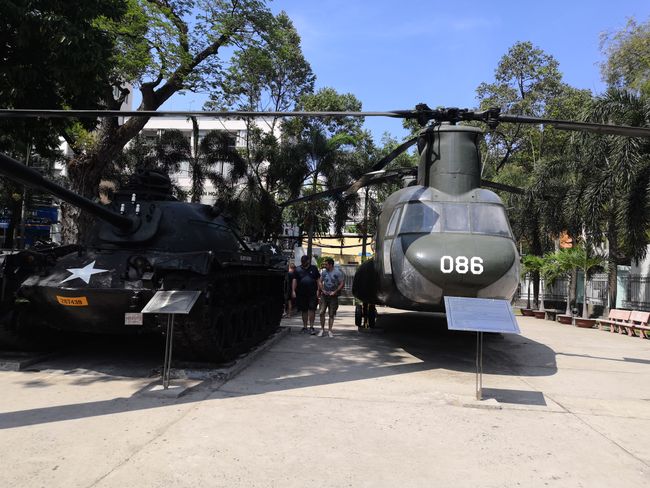
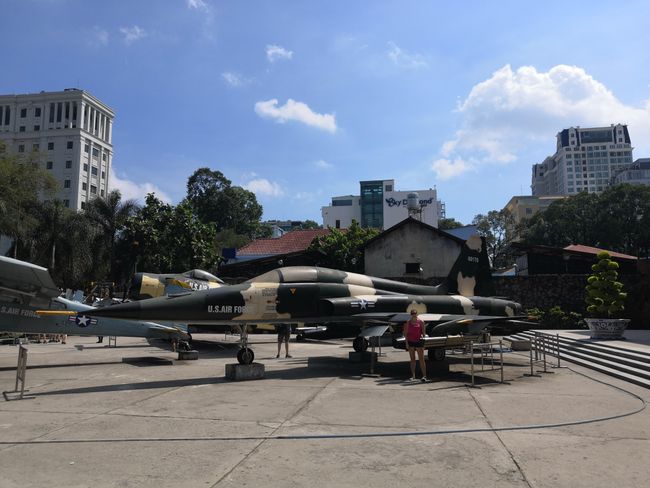
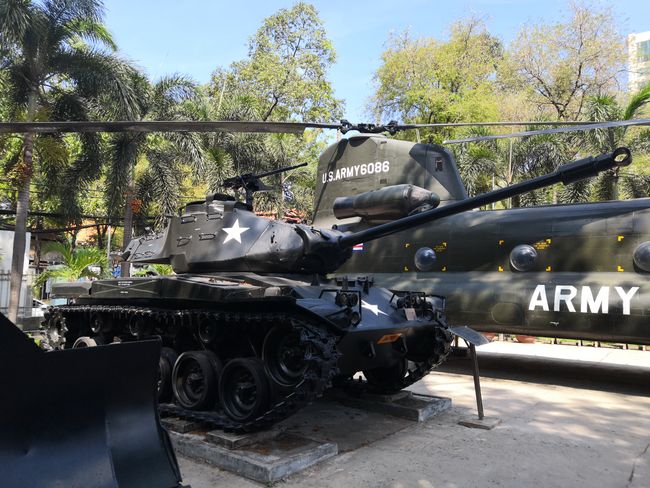
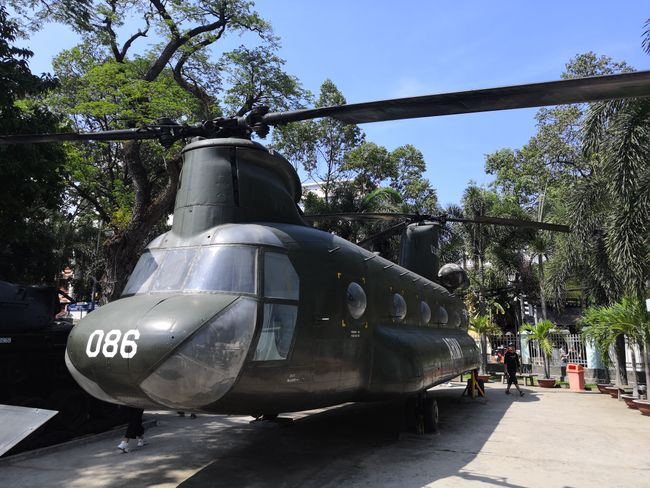
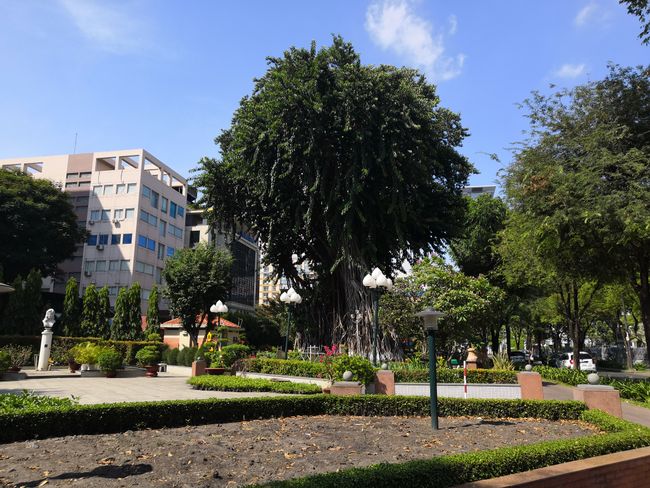
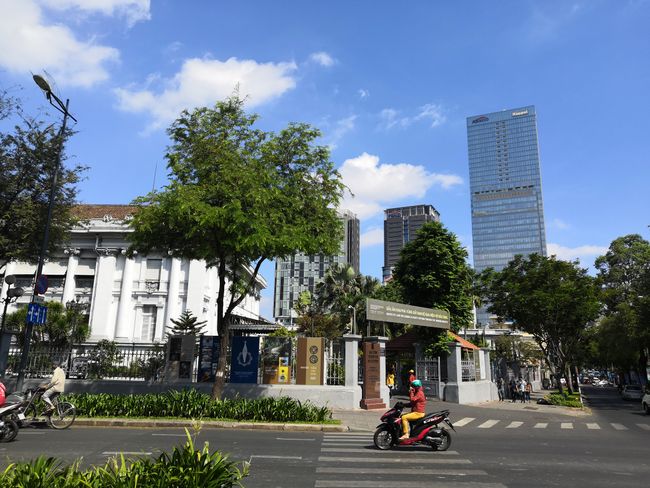
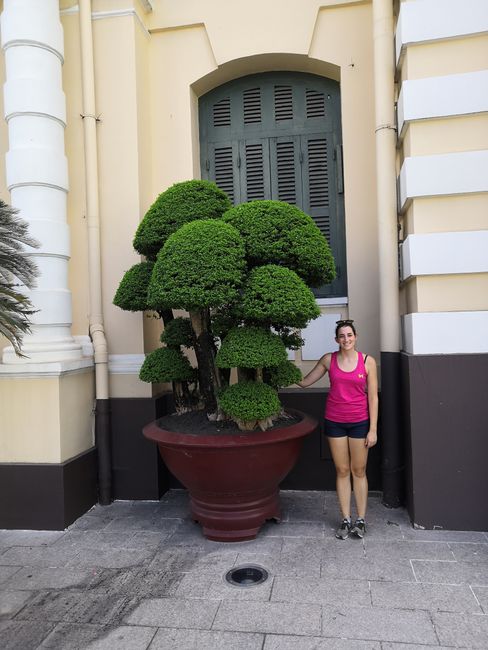
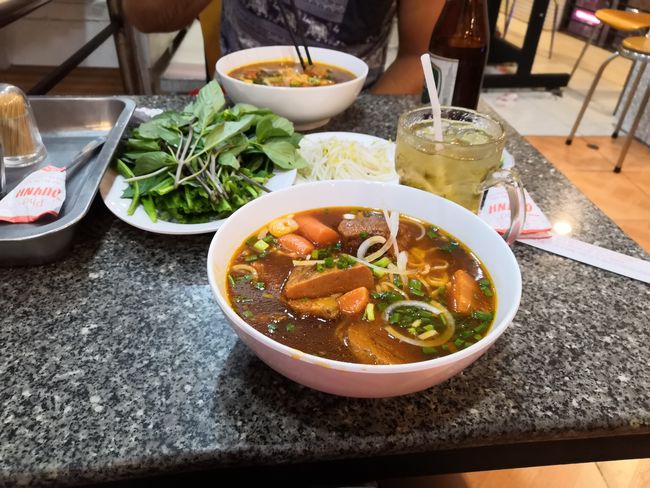
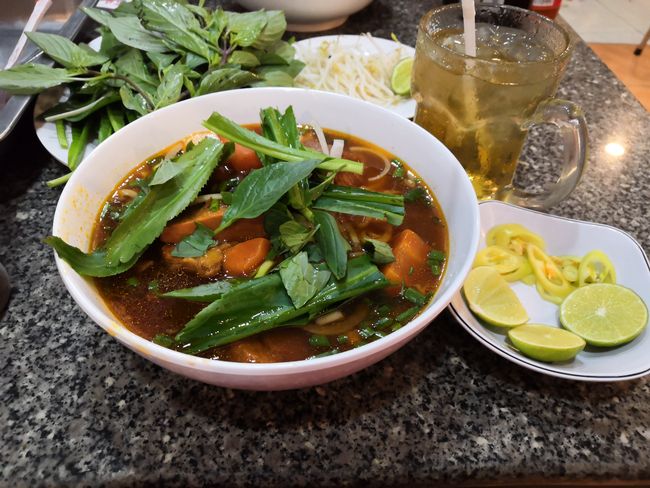
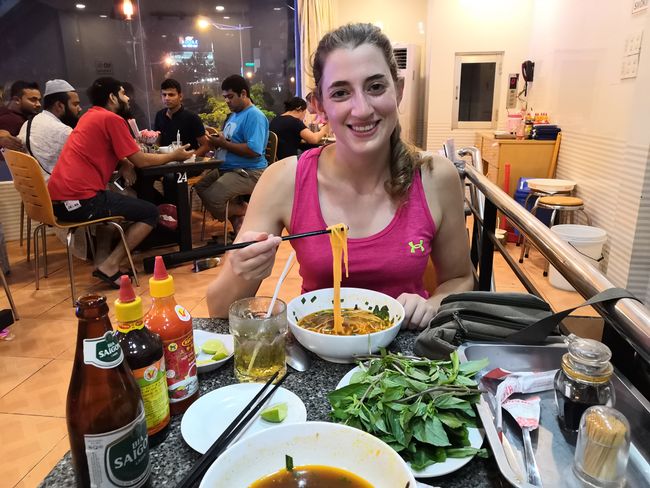
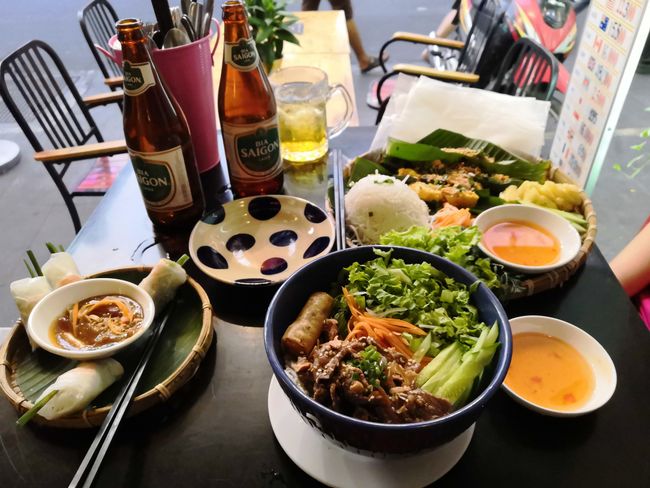
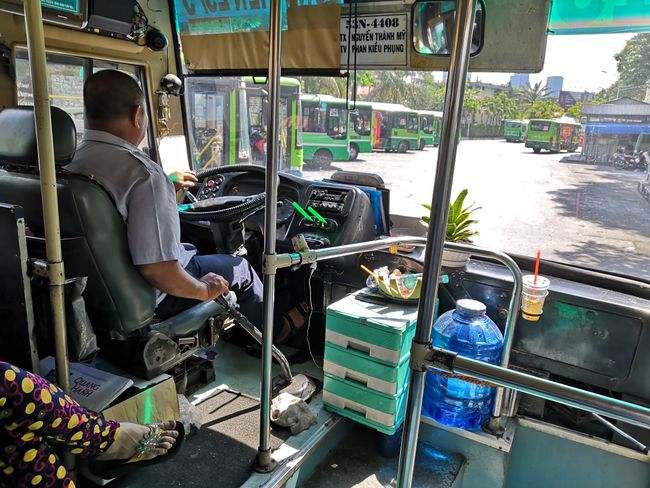
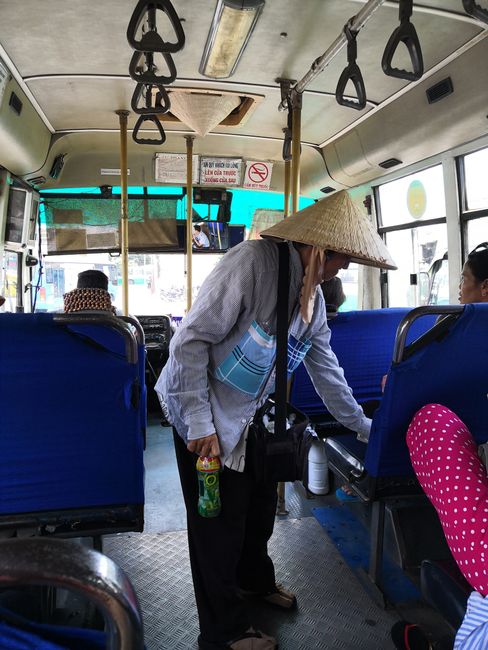
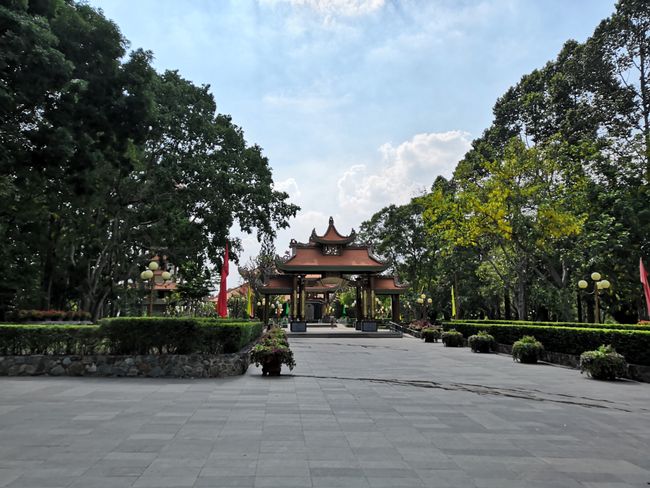
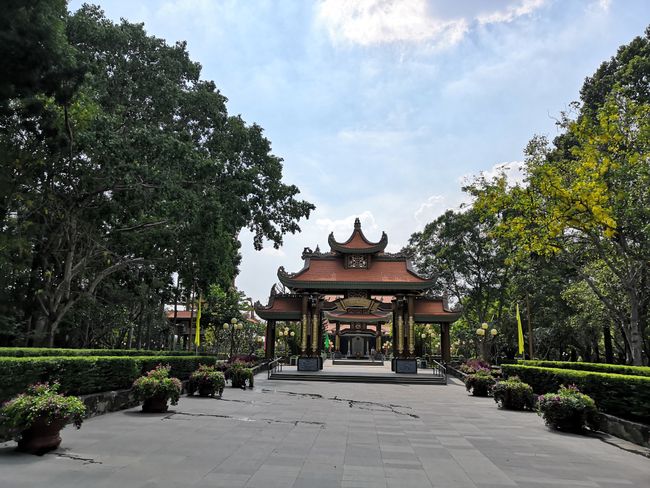
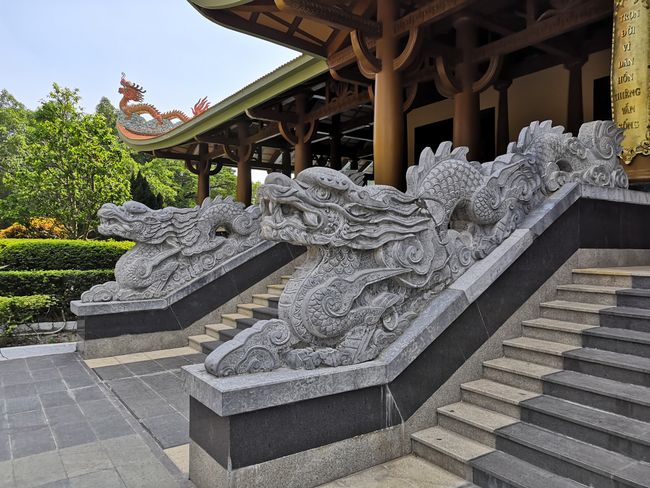
समाचार पत्रिका के लिए सदस्यता लें
The journey from Siquijor to Ho Chi Minh City took almost a whole day. In the afternoon of April 12th, we boarded the ferry towards Dumaguete. After about an hour, we reached the neighboring island of Negros. From here, we flew to Manila. However, we still had over three hours after arrival before our departure. We used this time efficiently: we had lunch, printed our invitation letter (required for entry) for Vietnam, and got the necessary photos for the visa. Satisfied, we went to the airport. After a perfunctory security check, we found ourselves in the small waiting hall. We had killed almost an hour when we learned that our plane would arrive late. The expected departure was delayed by about two hours. Would we make our connecting flight? We weren't sure. Fortunately, Cebu Air had the perfect solution for us. We were promptly rebooked (for free) on the earlier flight to Manila. So we arrived in Manila at 7:30 pm – an hour earlier than originally planned. We were back on track. We had four hours until the next departure. At 10:00 pm, we received an SMS that our flight to Ho Chi Minh City was delayed. There were several gate changes, causing quite some confusion since the departure boards showed something different from the gates. Furthermore, the announcements were often unintelligible. At 1:30 am, we finally took off with a two-hour delay.
Arriving in Ho Chi Minh City, we applied for our tourist visas. Luckily, we had informed ourselves online beforehand. The process went smoothly. This wasn't the case for everyone. Some tourists were desperate. Apparently, they did not know about the mandatory invitation letter. This letter must be applied for online a few days in advance and submitted to immigration together with a photo. If the necessary documents are missing, a certain amount of money is required or a return flight must be taken.
At 5:00 am, we checked into the hotel. The adventure in Vietnam can begin! In the next four weeks, we will travel from Saigon to Hanoi by bus and motorcycle. We haven't decided on the exact stops yet. We will go with the flow and decide spontaneously.
By noon, we crawled out of bed tired and hungry. We decided to take the day easy and visit some sights in the vicinity. On foot, we made our way to the Saigon Notre Dame Cathedral, a church from the French colonial period. It was completed in 1880 and can accommodate 1200 people. Right next to the cathedral is the main post office. The building was completed at the end of the 19th century and is now a tourist attraction. Work is still being done inside. The purchased postcards can be stamped and sent right on the spot. The building reminds us more of a European train station from the outside and inside. On the way back, we accidentally discovered a huge market hall. As it turned out, this is one of the largest in Ho Chi Minh City.
In a street restaurant, we had our first Vietnamese meal. A noodle soup with beef and various fresh herbs. The dish was wonderfully fresh and flavorful. We also ordered spring rolls, which were fantastic as well. The price, including the drink, was less than four Swiss francs per person – very reasonable. Vietnam's prices are comparable to Myanmar – super cheap. We spent the evening of the first day in the entertainment street near our hotel. This street can easily compete with Khaosan Road in Bangkok. Restaurants and bars line the street. Loud music in various styles blares from everywhere. Street vendors offer their goods. Hundreds of people crowd the streets, enjoying the nightlife of Ho Chi Minh City. In the small pubs – where you sit on tiny plastic chairs – you can get a can of beer for the equivalent of one franc. We enjoy the lively atmosphere. It is particularly exciting to observe the different people. Asians love kitsch – colorful hairbands, fancy hats and shoes, strange haircuts, quirky clothing, etc. The main thing is to be eye-catching.
On the second day, we visited the War Remnants Museum. The war is still present in Vietnam. Confronting it is inevitable. At around 38 degrees, we struggled through the uncooled lower floor of the exhibition. It shows which countries worldwide opposed the Vietnam War. In addition, various individual fates have been examined. After just the first floor, one thing is certain for us: this is definitely not an objective museum. Communism is portrayed as the savior of the nation. Nice propaganda. Nevertheless, it is fascinating to take a different perspective for once. In European historiography, American actions are always portrayed very positively. Fortunately, the exhibits on the two upper floors are in cooled rooms. They consist of photographs taken by different photographers. The images are not suitable for people with a weak stomach and definitely not for children. Everything from severed limbs to deformities caused by Agent Orange is depicted. In one room, the hard facts are also listed: number of soldiers, rifles, ammunition and air strikes, number of civilian casualties, participating countries, etc. The numbers are impressive. We ventured out into the heat again and looked at the combat jets, tanks, and helicopters displayed outside. There is also a special exhibition on prisons/labor camps outside. The torture methods used on both sides are shockingly cruel (in the museum, only those of the Americans are listed). With a heavy feeling, we left the museum.
In a nearby shopping center, we sought refuge from the heat. We had different types of spring rolls and then made our way back to the hotel. For dinner, we ate at a traditional noodle house. It is also very popular with the locals. The service is extremely fast, and the food is sensational.
On the last day, we visited the Cu Chi Tunnels. We decided to go there on our own with the local bus. We bought a ticket to Cu Chi for 10,000 Dong per person. At the bus terminal, we changed to another bus that took us to the tunnels for 6,000 Dong. The whole journey cost a negligible 70 cents per person, but it took significantly longer than with the tourist bus. Before heading to the tunnels, we had a noodle soup (barely a franc) at a street stall.
The tunnels can only be visited with a guided tour. As an introduction, we walked in a crouched position through an enlarged tunnel. All tunnels have been enlarged and repaired for tourists. Nevertheless, they were still very narrow and dark. Furthermore, it was extremely hot underground. We can't remember the last time we sweated so heavily! But the experience was unique. The tunnels originally date back to the war against French colonial rule. In the second Vietnam War against the Americans, the tunnel system was further expanded. In total, the tunnel network extended over 200 kilometers. The tunnel complex had three levels. The tunnels were on average 80 cm high and 60 cm wide. For tourists, certain tunnels were enlarged to 120 cm by 80 cm. The bombs only destroyed the top level, the others remained intact. Important facilities, such as a kitchen or a hospital, were also set up underground. Descending into the tunnels posed many dangers for the Americans. On the one hand, it was easy to get lost in the labyrinth of tunnels, and on the other hand, certain entrances were secured with traps. The Viet Cong were generally known for their booby traps. One wrong step could be deadly. "Soaked" and full of impressions, we started the return journey with the local buses. The trip to the tunnels was definitely worth it. We really enjoyed the first days in Vietnam. Next, we will continue to the slightly cooler city of Da Lat.
समाचार पत्रिका के लिए सदस्यता लें
उत्तर
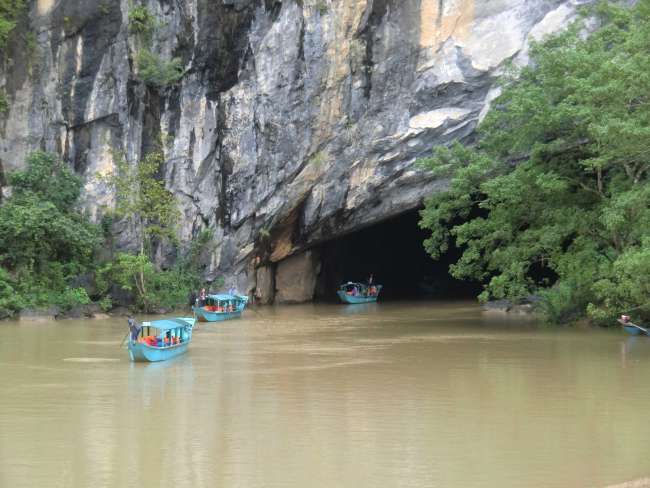
यात्रा रिपोर्ट वियतनाम
